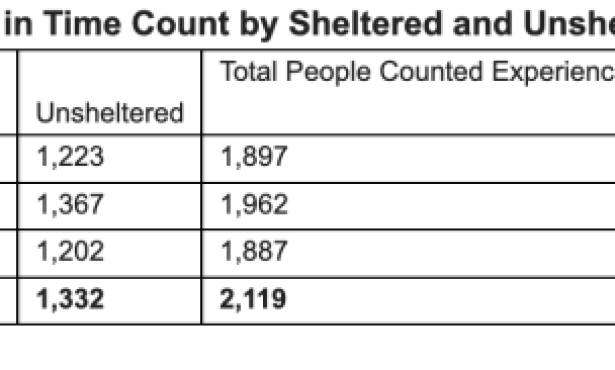Lawsuit Filed Against Ojai Rock Quarry to Address Chronic Storm Water Pollution Problems
Today, Santa Barbara Channelkeeper (“SBCK”) and the Environmental Defense Center (“EDC”) filed a lawsuit in federal court against Gralar LLC, dba Mosler Rock Product, for violations of the Clean Water Act (“CWA”) and the Endangered Species Act (“ESA”) at its Mosler Rock Ojai Quarry (“Ojai Quarry”). The Ojai Quarry is an approximately 30-acre facility located on the banks of the Lower North Fork Matilija Creek, a major tributary of the Ventura River renowned for its pristine, free-flowing waters and excellent habitat for wildlife, including the endangered southern California steelhead trout. For the past several years, SBCK and regulatory agencies have documented significant storm water pollution issues at the Ojai Quarry, but the facility has yet to develop measures to effectively reduce harmful sediment discharges and prevent periodic landslides from washing down Quarry slopes into North Fork Matilija Creek.
“The Ojai Quarry has been recognized as one of the most significant sources of water pollution in the upper Ventura River watershed for several years,” stated Kira Redmond, Santa Barbara Channelkeeper’s Executive Director. “We have made every effort to work cooperatively with the facility’s owner to address our concerns, but storm water runoff from the Ojai Quarry is still laden with sediment and polluting our water. We hope this lawsuit will finally catalyze effective and enduring action by the Quarry.”
Storm water pollution, created when water from storms causes runoff that collects harmful pollutants and flows into local streams before eventually draining, untreated, into the ocean, is among the top sources of water contamination in southern California. To combat this problem, the CWA requires industrial facilities such as the Ojai Quarry to control their storm water pollutant discharges using the best available technology economically achievable or best conventional pollutant control technology. In California, industrial facilities such as the Ojai Quarry generally meet this requirement through compliance with the state’s “Industrial Stormwater Permit,” which establishes pollutant limitations and prohibits dischargers from causing or contributing to violations of water quality standards.
As detailed in the SBCK/EDC lawsuit, the Ojai Quarry has systematically failed to meet the most basic terms of the Industrial Stormwater Permit over the past five years. The limited water quality sampling conducted by the Quarry has measured levels of pollutants, particularly of total suspended solids and turbidity (common measures of sediment), in excess of applicable limitations. SBCK has conducted its own independent water quality sampling around the site for several years, also documenting very high levels of pollutants discharged from the site. Despite clear and consistent data demonstrating chronic water pollution problems, the Quarry has failed to develop and implement necessary and effective best management practices and other measures to effectively manage and reduce pollution discharges.
In addition to the CWA violations, the SBCK/EDC suit alleges that the Ojai Quarry’s longstanding failure to adequately manage and control storm water runoff also results in the unlawful “take” of endangered southern California steelhead under the Endangered Species Act. Southern steelhead are considered one of the most endangered fish in the United States, and it is estimated that there are fewer than 100 individuals within the Ventura River watershed. The ESA broadly defines “take” to include the direct killing of endangered species, as well as actions that cause habitat modification or impairment, or that impair wildlife behavioral patterns such as breeding, feeding, or sheltering. As detailed in the SBCK/EDC lawsuit, the Quarry’s deficient storm water management results in chronic pollution discharges that unlawfully “take” steelhead.
“The chronic storm water pollution being discharged from the Ojai Quarry is degrading water quality in the Ventura River watershed, which is in turn harming endangered species such as the southern California steelhead,” stated Brian Segee, EDC Staff Attorney. “It is well past time for the Quarry to effectively manage its storm water runoff and to bring the facility into compliance with the requirements of the Clean Water Act and Endangered Species Act.”
SBCK and EDC are being represented by EDC Staff Attorney Brian Segee and Michael Lozeau with Lozeau Drury LLP in this action.

